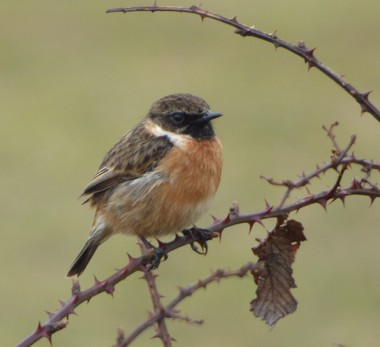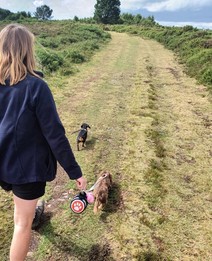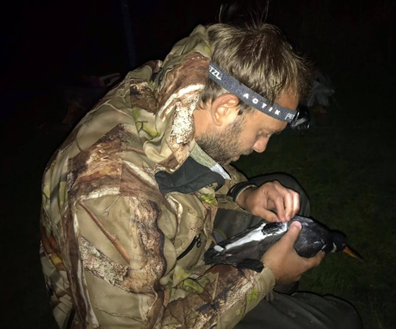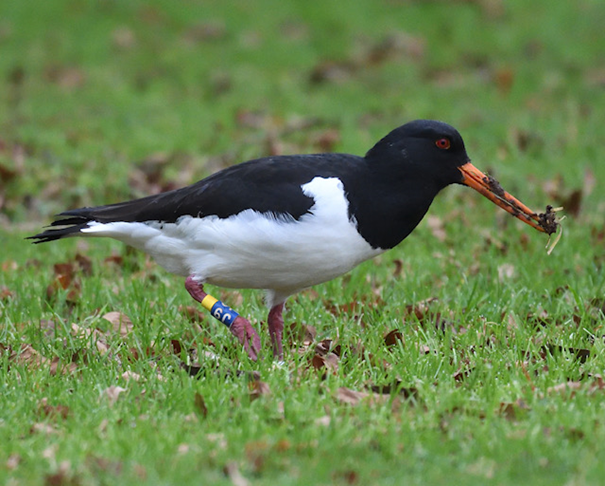|
Spring is one of our favourite times of year at SEDHRP - it’s when the countryside springs back to life. When the ground starts to thaw, plants can be seen breaking through the soil. Insects and reptiles start to emerge and the birds become more active. Hibernation is over!
As the flowers start bursting into life, so does the bird song as male birds start to set up their territories and go about attracting females to pass on their genetics into the next generation of chicks. The bird breeding season has begun.
We are lucky enough to have some really special species choosing to breed on the East Devon Pebblebed Heaths. Dartford warblers, Nightjars and Stonechats are just a few of the species that nest on the ground across the heathland.
Elusive Nightjars are yet to arrive on our shores but are winging their way back from their African wintering grounds as I write this. Species such as Dartford warbler and Stonechat (so called because their calls are like two stones being knocked together) are residents to the UK all year round and can be seen flitting about the gorse bushes, singing even on the coldest winter day.
 Stonechat perched on a bramble at Dawlish Warren
The busiest time for breeding birds is between 1st March and 31st July - however not all birds stick to this. Species like Nightjar arrive back from their wintering grounds later than others and therefore continue breeding into August. Stonechats will already be busily feeding up their chicks and will be thinking about having their next brood whilst Dartford warblers are just beginning to breed.

Birds breed at different times and create their nests in different ways, all finding their own niches in the natural world. Crossbills start breeding in January when their food source of conifer seeds are most abundant. Herons come back to the same nests every year choosing to make repairs to their old nests rather than waste energy building new ones. Nightjars that start breeding in April/May simply scrape together a few twigs and lay their eggs on the ground. There is a lot of diversity in the way and time that birds breed so please be sure to keep yourself and your furry friends on the paths as you never know what is nesting just a few metres away.
|
 Figure 1 - Ryan Burrell, DCWRG Projects Officer, fitting a juvenile Oystercatcher with a GPS-tag shortly before it is released
Ryan Burrell, Projects Officer, Devon and Cornwall Wader Ringing Group
The Exe Estuary holds an internationally important community of winter waterfowl and waders. Two key species within the Estuary, are its Oystercatchers and Curlew.
Unfortunately, the Exe wintering Oystercatcher population has declined by 43.5% compared to a national decline of 24% (1991/92 – 2017/18: WeBS Online). Similarly, wintering Curlew in the UK have declined by 33% between 1992/93 to 2017/18 (WeBS Online).
 Figure 4 - Oystercatcher J9 picture foraging at Starcross Golf Course. Birds foraging on these sites are often specialists at feeding on worms with their bills showing pointed tweezer-like tips. Picture courtesy of Jo King
The Exe Oystercatcher project started in 2018 to answer questions on the importance of, and connection to, sites within the Exe for Oystercatchers, and to gain a better understanding of survival and foraging. In early 2020, this work was expanded to include a new study on Curlew, following similar objectives.
|